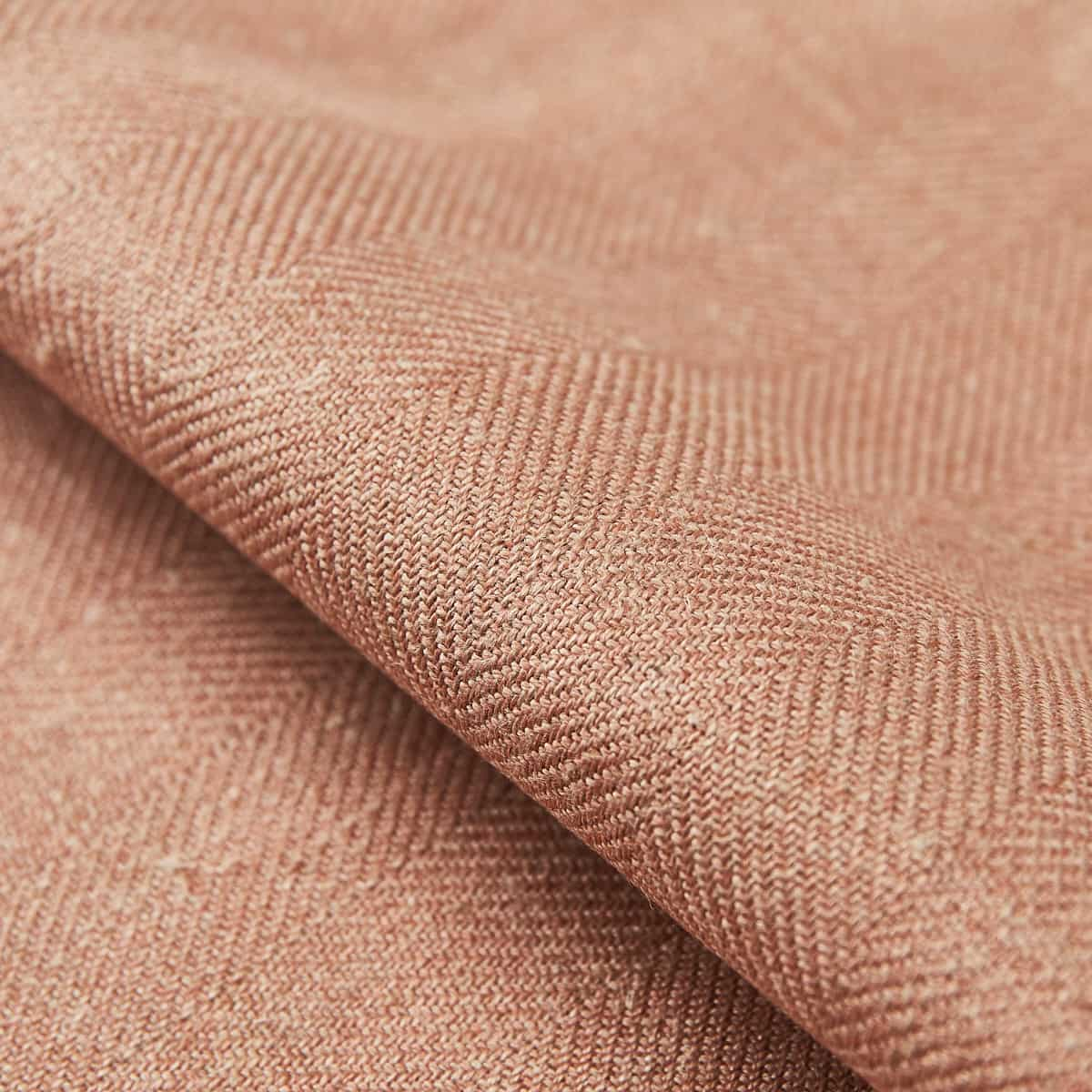Wool fabric is a time-honored textile renowned for its exceptional qualities and versatility. For centuries, it has been prized for its warmth, durability, and natural beauty, making it a favored choice in various industries, from fashion to interior design.

Origins and Manufacturing Process
Wool has been used by humans for thousands of years. Its origins can be traced back to the domestication of sheep, where their fleeces were sheared and spun into yarn to create fabric. The wool manufacturing process typically involves several steps:
Shearing: Sheep are carefully sheared, usually once a year, to obtain their wool. This process is essential to ensure the sheep's well-being and the quality of the fleece.
Sorting and Washing: After shearing, the wool is sorted by grade, taking into account factors such as fiber length, fineness, and color. It then undergoes a thorough washing to remove impurities such as dirt, grease, and sweat.
Carding and Combing: The washed wool is carded to align the fibers and remove any remaining impurities. Combing is an additional step that further refines the fibers, resulting in a smoother yarn.
Spinning: The carded or combed wool fibers are spun into yarn through a process of twisting and pulling. This step determines the thickness and texture of the final fabric.
Weaving or Knitting: The spun yarn is either woven on a loom or knitted to create the desired fabric structure and pattern. Different weaving techniques or knitting stitches can produce a wide range of wool fabrics with distinct properties.
Characteristics of Wool Fabric
Wool fabric boasts numerous unique characteristics that set it apart from other textiles:
Insulation: One of the most remarkable properties of wool is its natural insulation. Its inherent crimp and air pockets trap heat, providing excellent warmth in cold weather while also allowing for breathability.
Moisture Regulation: Wool can absorb moisture vapor without feeling damp, making it adept at regulating body temperature and keeping the wearer comfortable in various conditions. It can absorb up to 30% of its weight in moisture without feeling wet.
Durability: Wool fibers are naturally resilient and have excellent elasticity, allowing them to withstand repeated bending and stretching without losing their shape. This durability ensures that wool fabric can last for years with proper care.
Wrinkle and Odor Resistance: The structure of wool fibers helps prevent wrinkles, making wool garments resistant to creasing. Additionally, wool has inherent antimicrobial properties, reducing the development of odors even after prolonged wear.
Applications of Wool Fabric
Wool fabric finds applications across a wide range of industries, including:
Fashion: Wool is a favored material for creating high-quality garments, such as suits, coats, sweaters, and dresses. Its luxurious texture, natural drape, and ability to provide warmth make it a staple in both classic and contemporary fashion.
Home Décor: Wool fabric enhances the cozy ambiance of homes. It is used for upholstery, curtains, blankets, and rugs, adding both visual and tactile appeal to interior spaces.
Outdoor Gear: Wool is often incorporated into outdoor clothing and accessories, such as jackets, hats, and gloves. Its insulation properties remain effective even when damp, making it ideal for outdoor enthusiasts.
Industrial Uses: Wool's inherent fire resistance and insulating properties make it valuable in industrial applications, including insulation for buildings, machinery, and even musical instruments.













